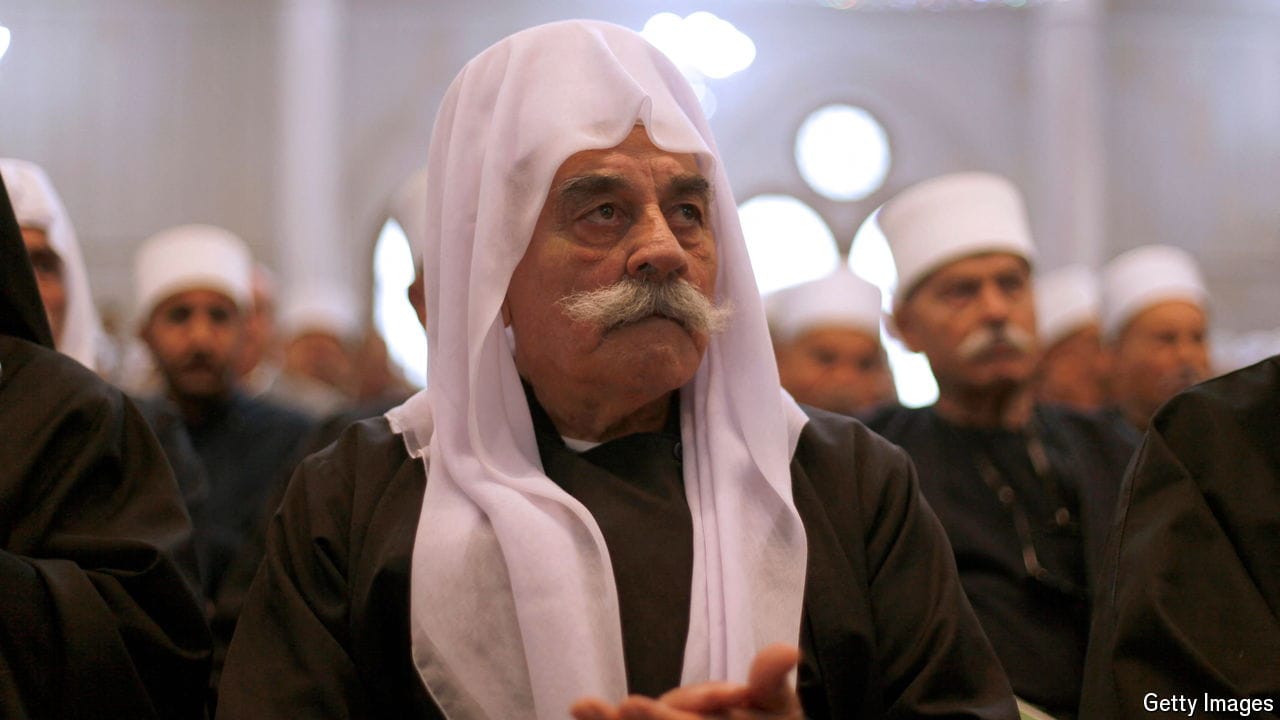What are the obligations of Israel and Hamas to protect civilians?
International Humanitarian Law creates obligations—but contains numerous caveats

THE ISRAEL DEFENCE FORCES (IDF) are preparing for an offensive against the city of Rafah, in the southernmost tip of Gaza. It is the last redoubt of Hamas—but is also home to some 1.5m displaced Palestinians. Fearing a humanitarian catastrophe, even Israel’s closest ally, America, has warned against military operations there. But Israel’s prime minister, Benjamin Netanyahu, insists that the IDF will go in. He claims to have a plan to protect civilians. One Israeli official said that the country was buying 40,000 tents to prepare for an evacuation. Israel argues that it has always abided by International Humanitarian Law (IHL) in Gaza. What exactly are its obligations?
Explore more
More from The Economist explains

Who are the Druze, the victims of a deadly strike on Israel?
The religious minority has often been caught up in regional crossfire in the Middle East

Myanmar’s rapidly changing civil war, in maps and charts
Ethnic militias and pro-democracy groups are scoring victories against the governing junta

Who will be Kamala Harris’s running-mate?
She is reportedly vetting a dozen options. These are the top three
Why have so few American presidents been from the West?
Kamala Harris’s nomination would be a milestone for the region
Why the Olympics still has a doping problem
Cheating with drugs has again become an organised affair
Why some Russian athletes will be eligible to compete at the Paris Olympics
Despite antipathy between the Russian government and the International Olympic Committee a handful will compete